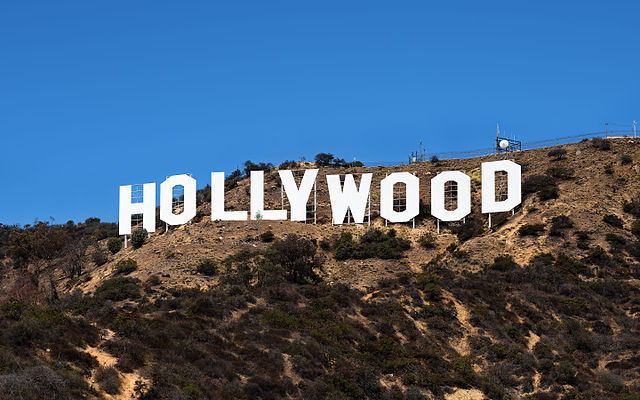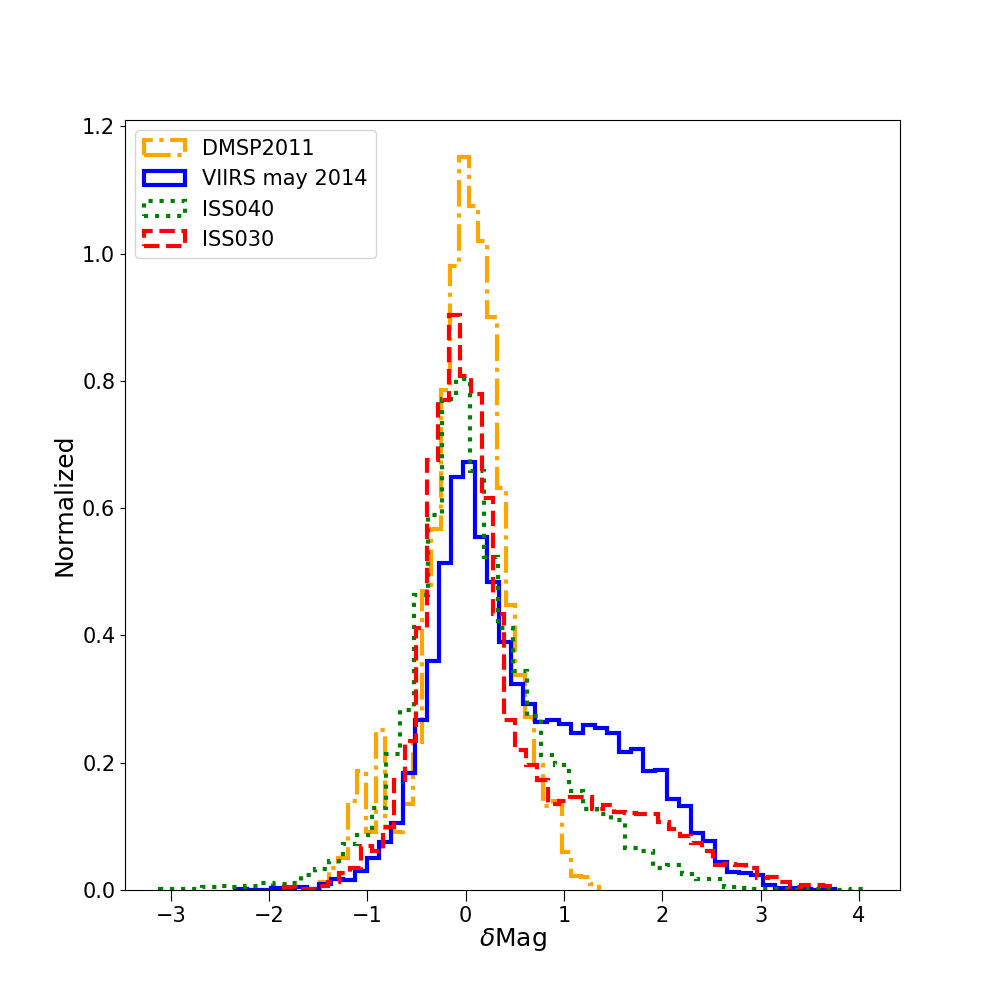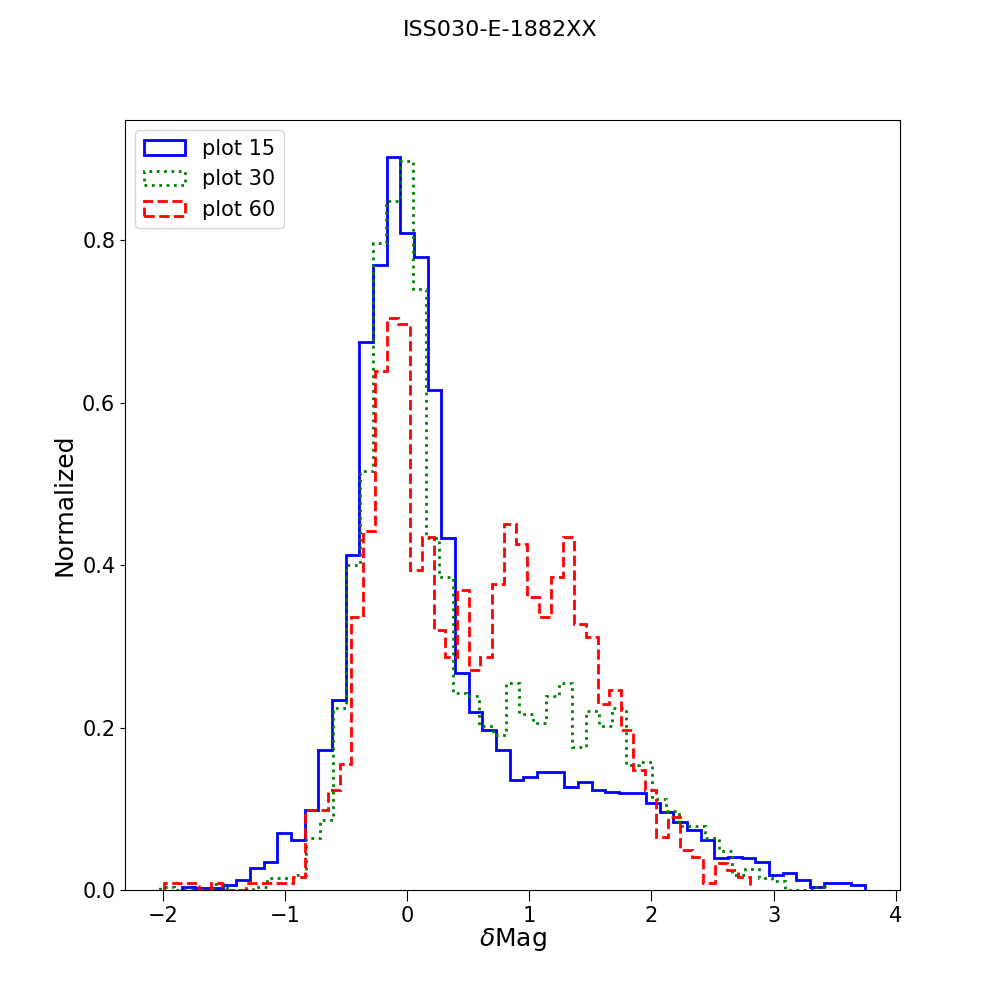I will try to explain it here. Thread👇
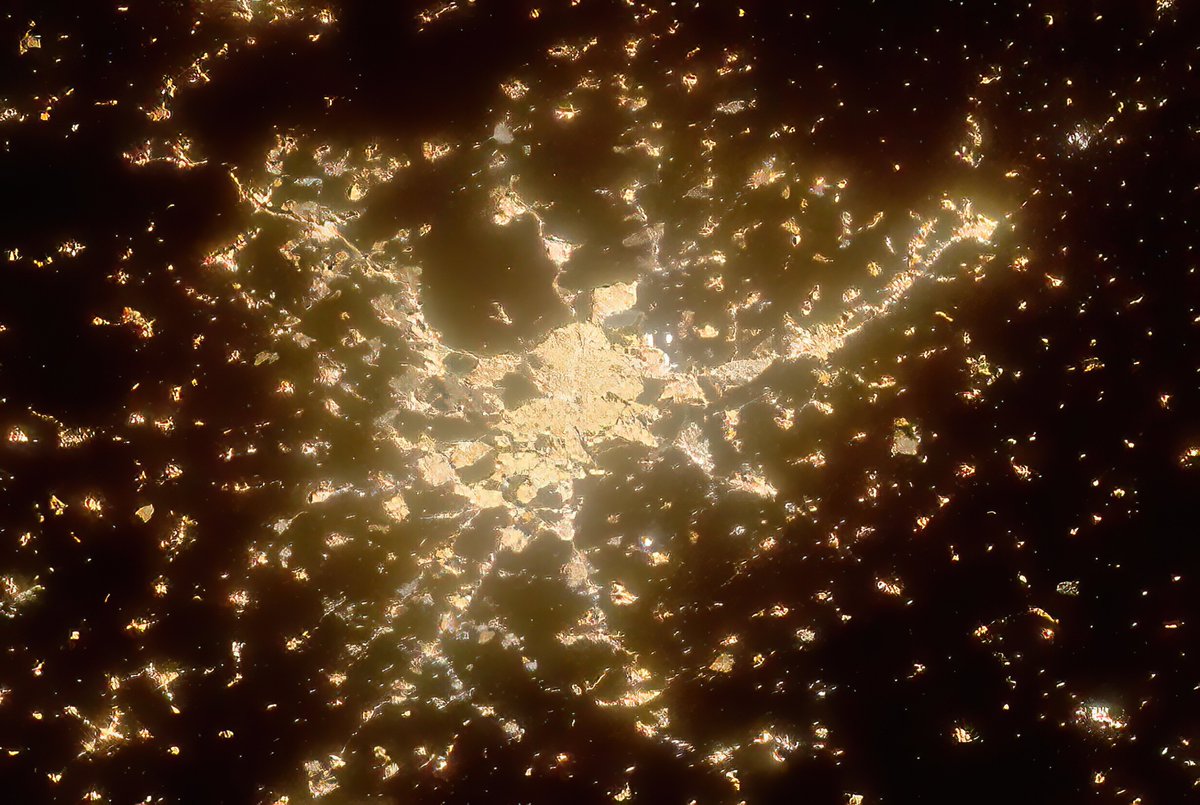
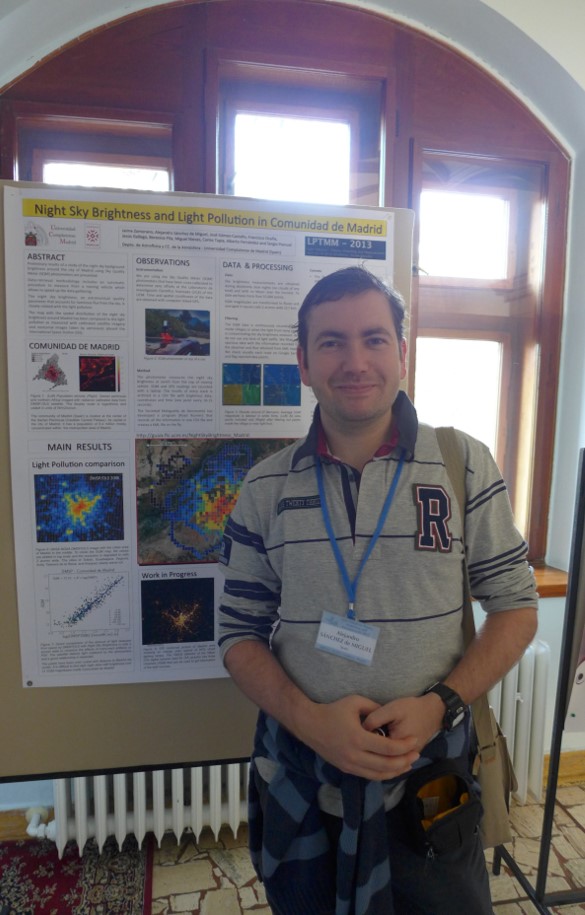
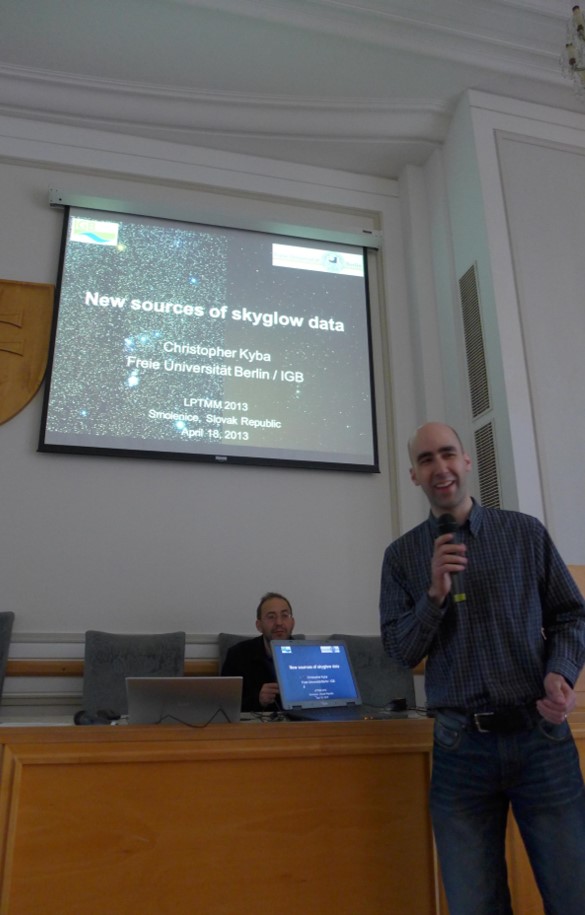
Spanish original here: zenodo.org/record/1289896…
or the @GriffithObserv are just examples of hills/mountains that could be blocking the L.A. Light pollution into the surroundings.
